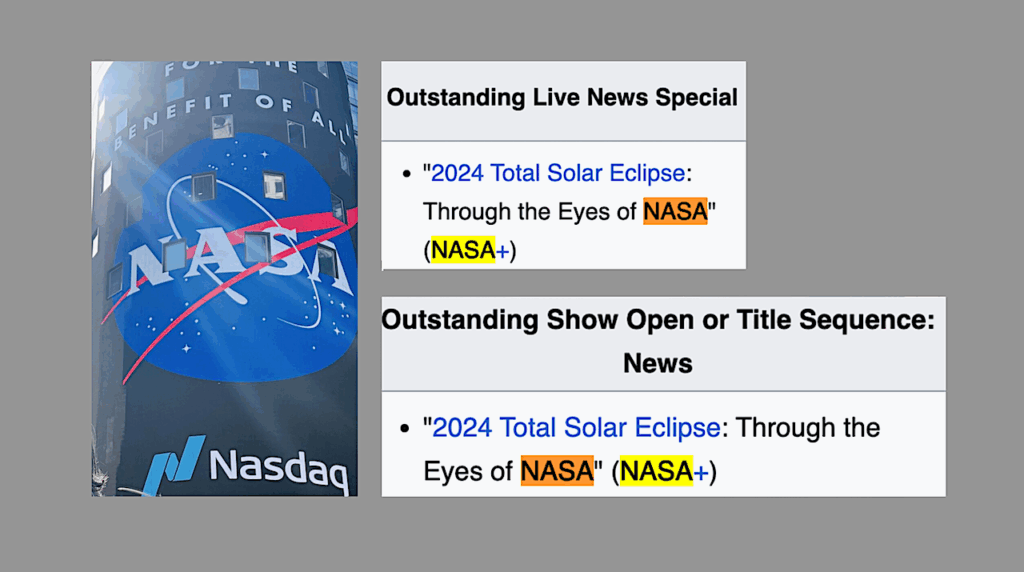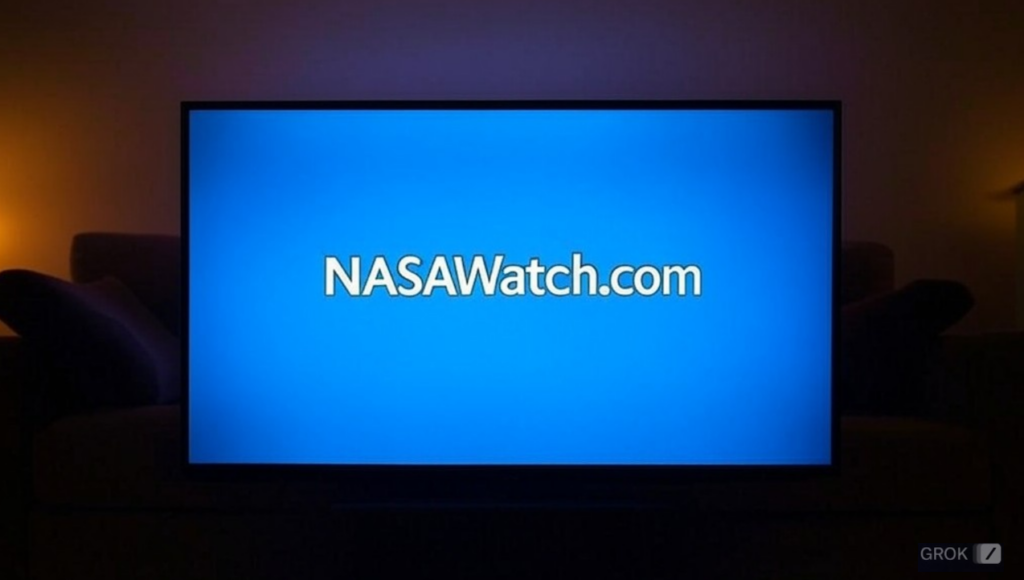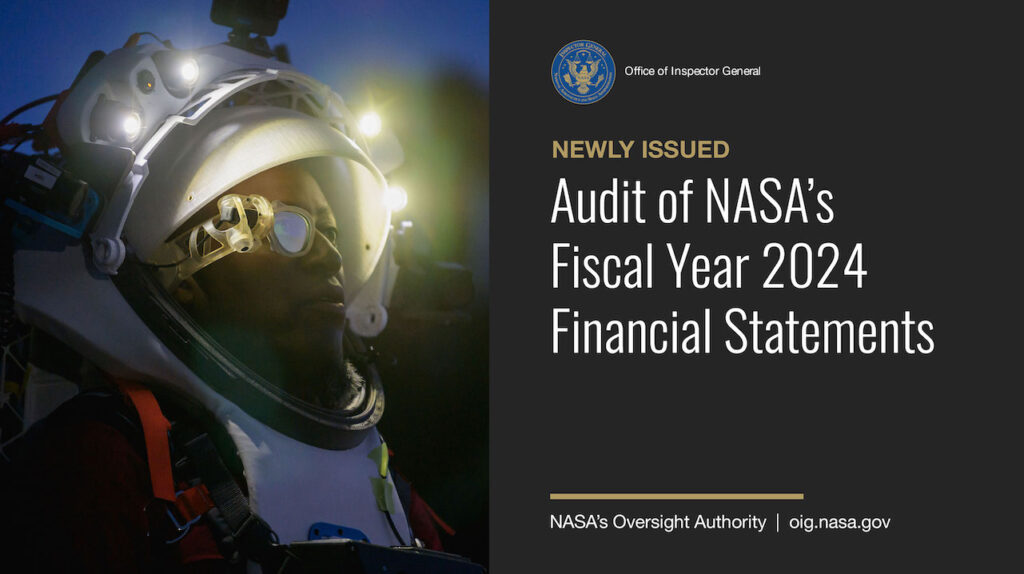Our Neighbours Include Earth-sized Planets
 Earth-like Planets Are Right Next Door, SpaceRef
Earth-like Planets Are Right Next Door, SpaceRef
“Using publicly available data from NASA’s Kepler space telescope, astronomers at the Harvard-Smithsonian Center for Astrophysics (CfA) have found that six percent of red dwarf stars have habitable, Earth-sized planets. Since red dwarfs are the most common stars in our galaxy, the closest Earth-like planet could be just 13 light-years away.”
Six Percent of Red Dwarf Stars Have Earth-sized Planets
“Using publicly available data from NASA’s Kepler space telescope, astronomers at the Harvard-Smithsonian Center for Astrophysics (CfA) estimate that six percent of red dwarf stars in the galaxy have Earth-size planets in the “habitable zone,” the range of distances from a star where the surface temperature of an orbiting planet might be suitable for liquid water.”









“Dressing identified 95 planetary candidates orbiting red dwarf stars. This implied that at least 60 percent of such stars have planets smaller than Neptune. However, most weren’t quite the right size or temperature to be considered truly Earth-like. Three planetary candidates were both warm and approximately Earth-sized. Statistically, this means that six percent of all red dwarf stars should have an Earth-like planet.“
From this she “estimates” that 6% of “all red dwarf stars” should have an Earth-like planet? Based on 95 candidates out of how many millions? That seems like one hell of an assumption to me. I’d have to say that this is just another convenient misuse of statistics. “Three planetary candidates” certainly do not make for a usable statistical universe (no pun intended).
And even if it was valid, it actually means that the probability that none of the ten nearest Red Dwarfs have earth like planets is greater than half…